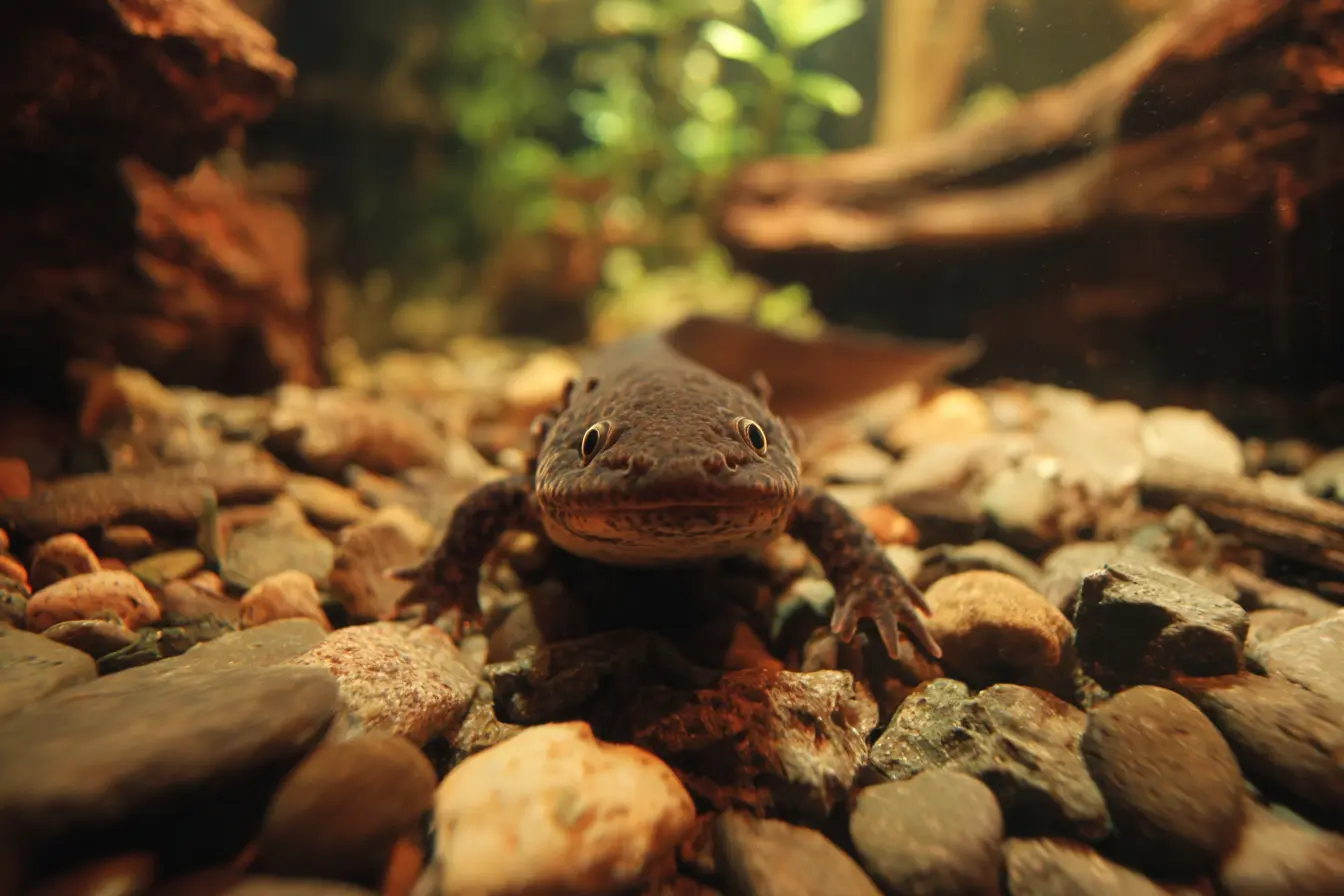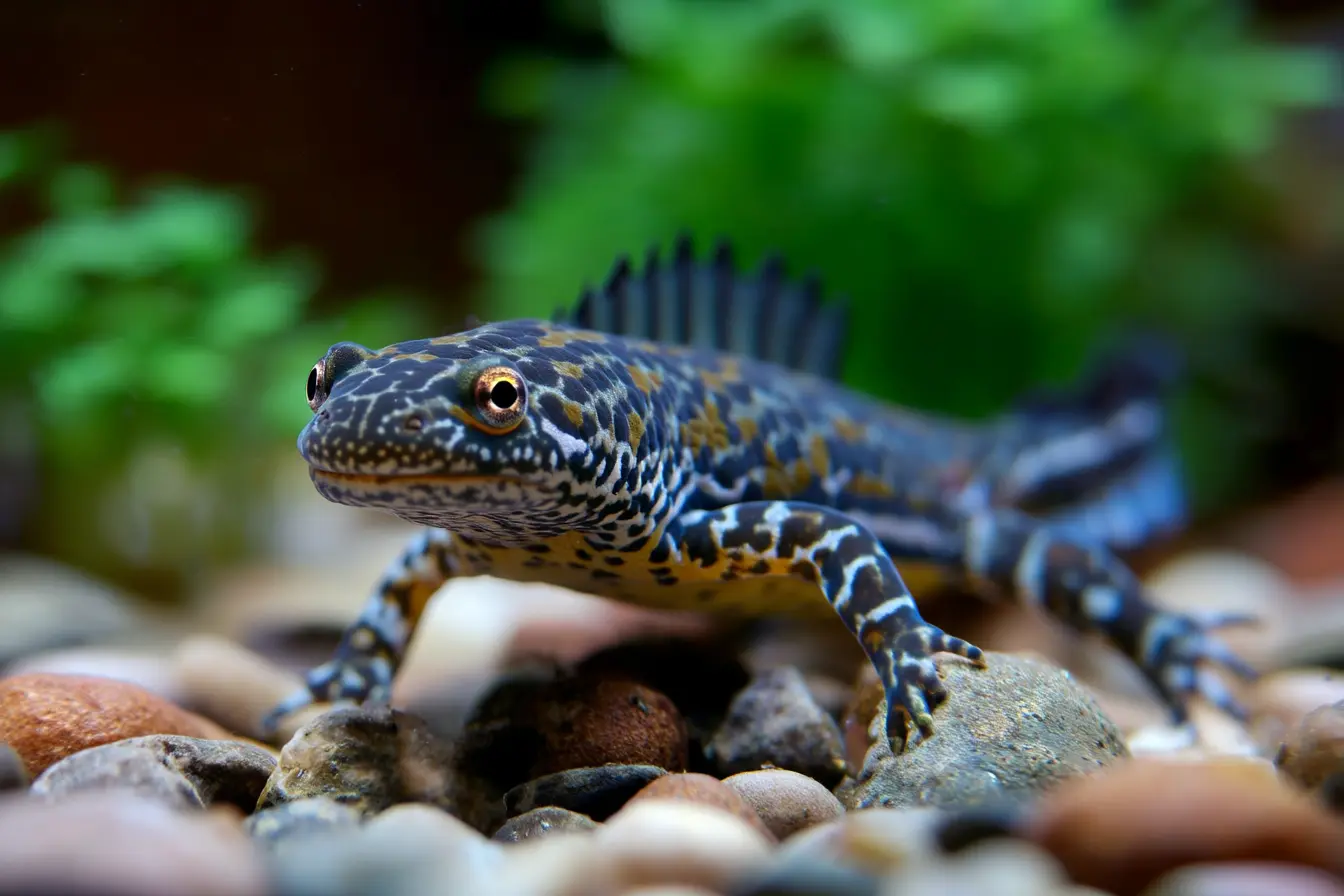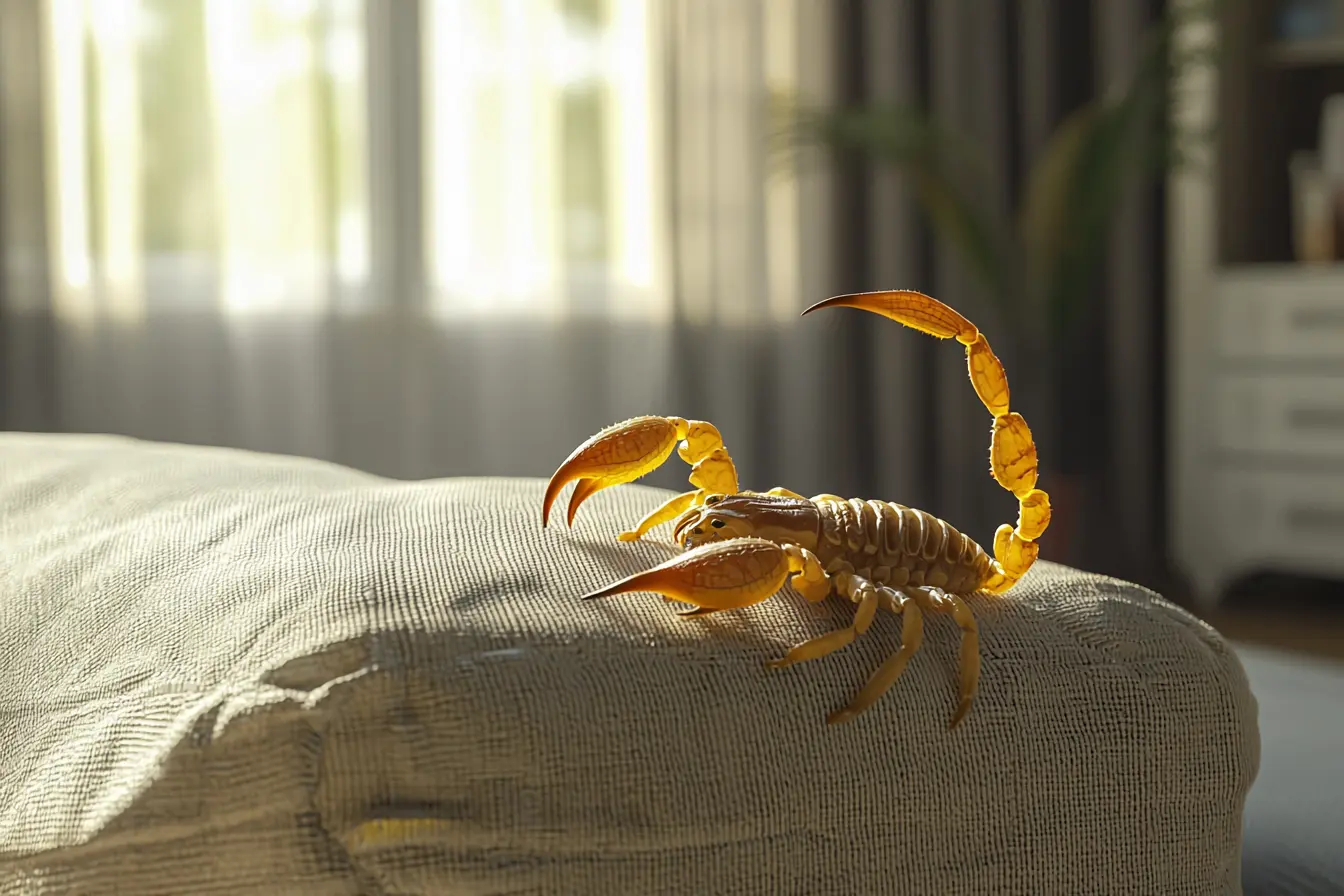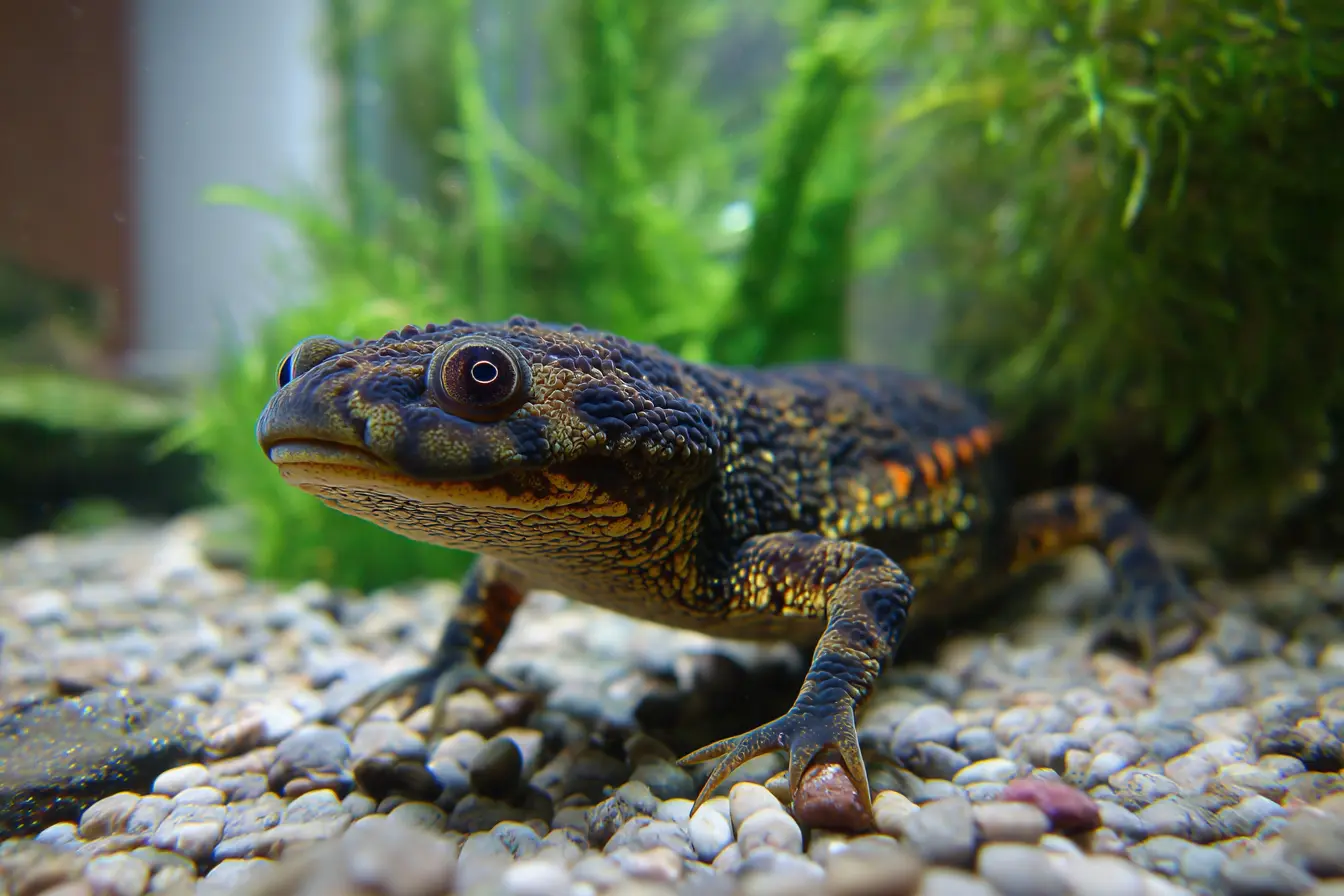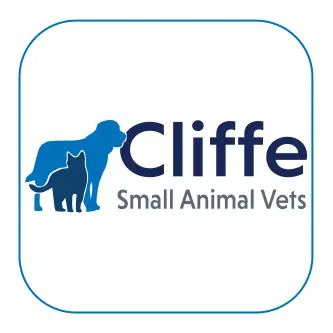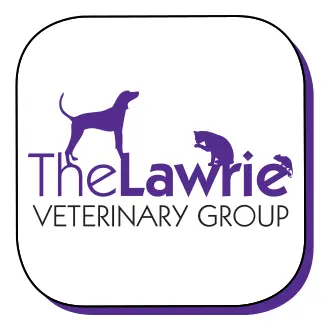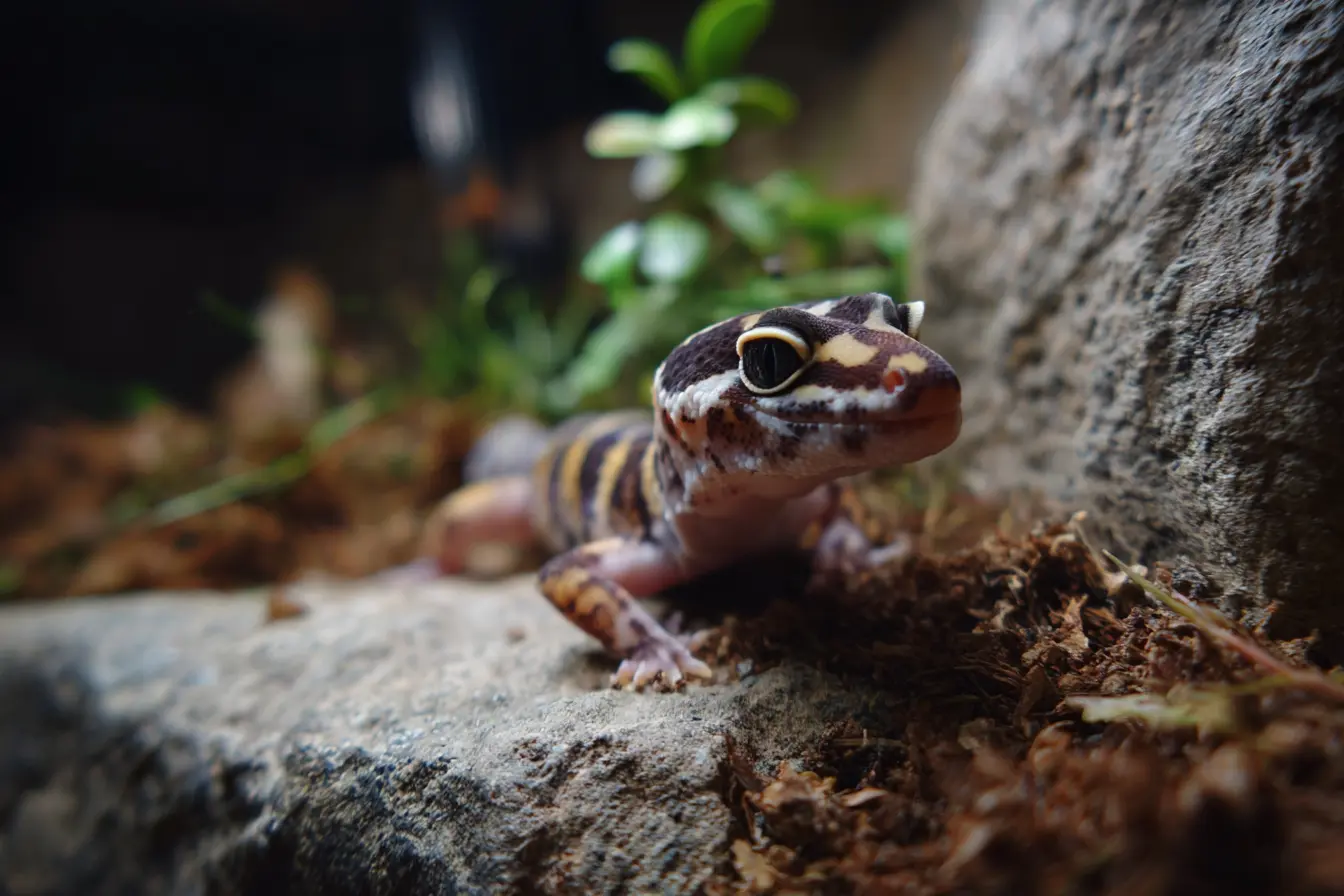
Central American Banded Gecko Care Guide: A Beginner-Friendly Pet Reptile
The Central American banded gecko (Coleonyx mitratus) is a charming and easy-to-care-for reptile, making it a great choice for beginner and experienced keepers alike. With their striking black and yellow banding, docile temperament, and manageable size, these ground-dwelling geckos are increasingly popular in the pet trade.
Native to Central America—particularly Nicaragua, Honduras, Costa Rica, and El Salvador—these nocturnal geckos thrive in dry forest and scrubland environments. This care guide will help you understand how to provide the best possible home for your Central American banded gecko.
What is a Central American Banded Gecko?
Central American banded geckos are small, terrestrial lizards that reach about 12–15 cm in length as adults. They belong to the Coleonyx genus, which includes several banded gecko species found in the Americas.
These geckos are primarily nocturnal and spend much of the day hiding. At night, they emerge to hunt insects and explore. Unlike many other gecko species, Coleonyx mitratus has movable eyelids and dry, granular skin instead of sticky toe pads.
With proper care, they can live 8–10 years in captivity.
Sourcing and Selecting a Central American Banded Gecko
Where to Buy
- Captive-bred from reputable breeders: Always preferred for better health and adaptability
- Specialist reptile retailers: Many carry banded geckos and can offer husbandry tips
- Reptile rescues: Occasionally, these geckos are available for adoption
Avoid wild-caught specimens, as they may carry parasites and tend to be more stressed in captivity.
What to Look For
Choose a gecko that displays:
- Clear, alert eyes
- Clean nostrils and vent
- Rounded, well-fed tail (a sign of good health and nutrition)
- Active nighttime behaviour
- No signs of lethargy, retained shed, or injury
Housing and Enclosure Setup
Central American banded geckos are terrestrial and enjoy digging and hiding. They thrive in simple, well-structured enclosures.
Enclosure Size
A single adult can be housed comfortably in a 45 cm (L) x 30 cm (W) x 30 cm (H) terrarium, though larger is always better. A secure lid is essential to prevent escape.
These geckos can be housed in pairs or small groups with care, but males should not be kept together to avoid aggression.
Substrate
Substrate should allow for burrowing and maintain moderate humidity:
- Coconut fibre
- Organic topsoil
- A mix of sand and soil (50:50)
Avoid sharp or dusty substrates. Spot-clean regularly and replace every 4–6 weeks.
Heating and Lighting
These geckos do not require UVB but benefit from a day-night cycle using low-output lighting.
- Basking spot: 28–30°C
- Cool side: 22–24°C
- Night-time: 18–22°C
Use an under-tank heat mat on one side of the enclosure, controlled by a thermostat. Overhead lighting is optional but can aid in observing natural behaviour.
Humidity and Water
Maintain humidity levels around 50–70%. A moist hide with damp moss should always be available to aid with shedding.
Provide a shallow water dish with clean, fresh water at all times.
Diet and Nutrition
Central American banded geckos are insectivorous and enjoy a diet of live prey.
Staple Foods
- Crickets
- Mealworms
- Dubia roaches
Occasional Treats
- Waxworms (high in fat, feed sparingly)
- Calci-worms
Feed juveniles daily and adults every 2–3 days. Insects should be appropriately sized—no larger than the gecko’s head.
Supplementation
Dust feeder insects with:
- Calcium without D3 at every feeding
- Calcium with D3 once a week
- Multivitamin once every two weeks
Always gut-load insects for 24–48 hours prior to feeding.
Handling and Behaviour
These geckos are generally docile and tolerate gentle handling well.
Tips for Handling
- Begin with short, calm interactions to build trust
- Never grab or pull the tail—like many geckos, they can drop it in self-defense
- Allow the gecko to walk onto your hand
- Handle close to a soft surface in case of escape attempts
- Wash hands before and after handling
Central American banded geckos are mostly active at night, so they’re best enjoyed during evening hours.
Common Health Issues
Shedding Problems
Inadequate humidity can lead to stuck shed, especially around toes and tail. Provide a moist hide to prevent this.
Dehydration
Look for sunken eyes and lethargy. Ensure water is available and humidity is adequate.
Parasites
Internal and external parasites may cause weight loss and irregular stools. Routine faecal checks are recommended.
Respiratory Infections
Caused by poor ventilation or improper temperatures. Symptoms include wheezing, mucus, or open-mouth breathing.
Consult a reptile vet if you notice signs of illness.
Specialist Vet Care
Routine Health
Annual visits to a reptile-savvy veterinarian are advised. Include weight monitoring and faecal testing.
When to Seek Immediate Help
- Refusal to eat for more than a week
- Sudden weight loss or lethargy
- Difficulty breathing
- Swollen limbs or visible injuries
Care and Maintenance
Daily Tasks
- Check temperature and humidity
- Refill water and remove waste
- Observe behaviour for any signs of distress
Weekly Tasks
- Feed and gut-load insects
- Clean food and water dishes
- Inspect for shedding issues
Monthly Tasks
- Replace substrate
- Deep-clean hides and décor
- Inspect heating and lighting equipment
Final Thoughts
The Central American banded gecko is an ideal pet for keepers seeking a low-maintenance, engaging, and visually appealing reptile. With its gentle nature and manageable care requirements, it’s well suited for beginner hobbyists.
By following the guidelines in this care guide, you’ll be equipped to provide a healthy and enriching environment where your gecko can thrive for years to come.
Vets near you
Speciality vets
- Aquatics vet specialists
- Birds vet specialists
- Camelids vet specialists
- Cats vet specialists
- Cattle vet specialists
- Deer vet specialists
- Dogs vet specialists
- Equines vet specialists
- Exotic vet specialists
- Goats vet specialists
- Pigs vet specialists
- Poultry vet specialists
- Sheep vet specialists
- Small Mammals vet specialists
- Wild vet specialists
